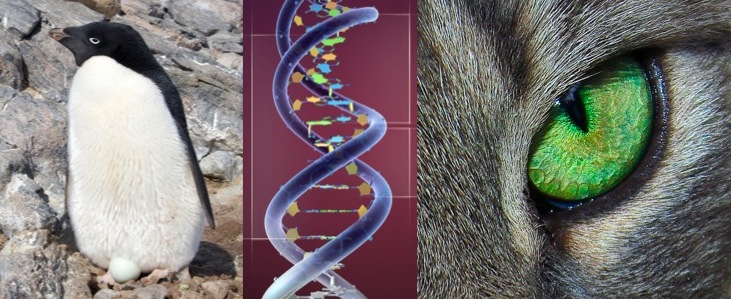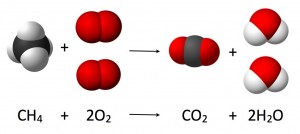While it is easy to get caught up in our day-to-day activities, it’s always nice to step back and get some perspective about our place in the Universe. One question that may come up, is whether we are alone in the Universe, or if there is intelligent extraterrestrial life out there somewhere. However, despite what some people may believe, there has been no confirmed evidence of intelligent life existing outside of Earth. However, considering the vast size of the observable universe, this is actually quite surprising from a statistical viewpoint. The Milky Way alone, on the low end, is estimated to have over 100 billion stars like our sun. Furthermore, the Milky Way is just one galaxy, and there are known to be over 100 billion galaxies in the Universe. This means that there are approximately 1 billion trillion stars in the Universe, or 10,000 times as many stars in the Universe as there are grains of sand on Earth. Each one of these stars has its own planets, and data from the Kepler spacecraft has shown that on average, each star would have at least one planet in its habitable zone.

The Milky Way above the Paranal Observatory. Source: Wikipedia Commons.
The point is, given this astoundingly large amount of stars and their associated planets in the Universe, even if the chances of intelligent life evolving were incredibly low, given the age of the Universe, we would expect there to be billions of examples of intelligent life. However, if intelligent life is so common, we should have seen at least some piece of evidence of its existence by now. Yet, astronomers, and efforts such as the search for extraterrestrial intelligence (SETI) have yet to detect any evidence of intelligent life.

The Hubble Ultra-Deep Field. Each shape is a distinct galaxy. Source: Wikipedia Commons.
This apparent disconnect between the high probability of intelligent life, and the utter lack of evidence for its existence is known as Fermi’s Paradox. There are a number of different proposed solutions to Fermi’s Paradox that argue for, or against, the existence of intelligent life. One of the most widely accepted explanations would be the existence of some sort of Great Filter, that makes the emergence of advanced civilizations exceedingly rare. While this filter may already be behind humanity, we may also have yet to face it. Human triggered activities such as climate change or the possibility of nuclear war, show that humanity may not survive to be a species that ever leaves our Solar System. While this may seem pessimistic, humanity should realize that the Universe does not seem to be friendly to long lasting, advanced civilizations.
The fact is that at this point we only have one example of intelligent life arising, which would be ourselves. Therefore, given this sample size of one, we cannot know how common intelligent life is in the Universe is, unless we find another example of it. Whether the solution is something like the Zoo hypothesis, the Rare Earth hypothesis, or the fact that we just have not been looking for long enough, humanity should try to take better care of our own planet for now.
The YouTube video below is a great summary of Fermi’s Paradox.

Credit: Kurzgesagt on Youtube.
By: Gulaab Sara




















